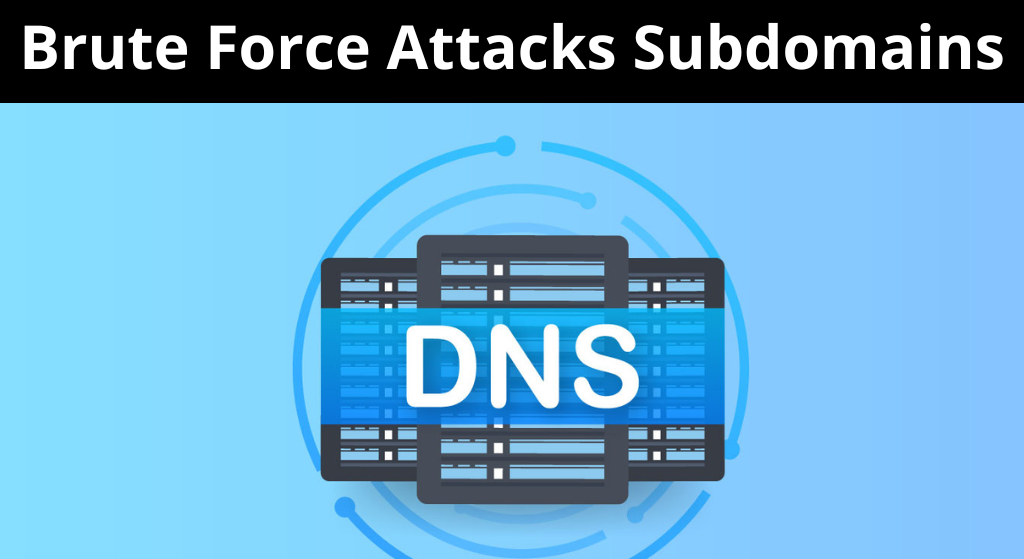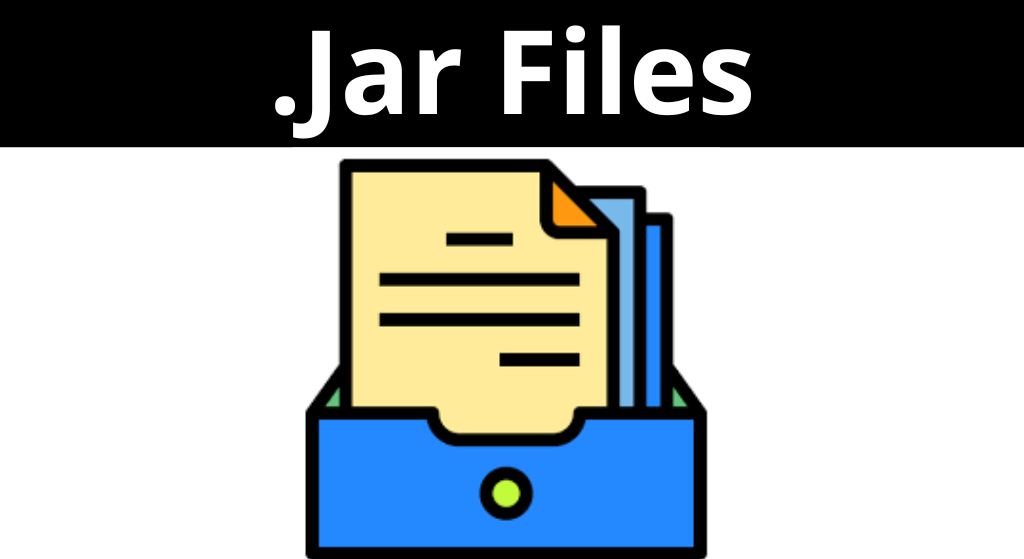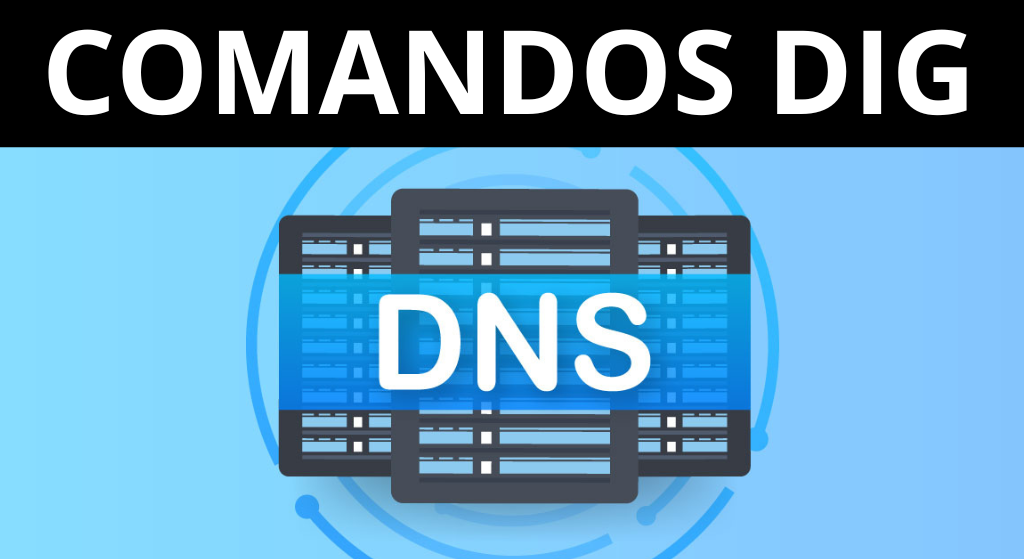Sudo nano /name file permission
When giving sudo to nano makes you root 🧨 Today I want to share a real-life example of how poorly designed sudo configuration can lead to a full escalation to root on a Linux system. 🔍 Scenario: A non-privileged user (joanna) can run the following without a password: sudo /bin/nano /opt/priv At first glance, it […]









